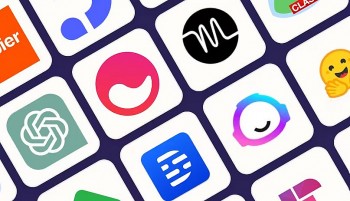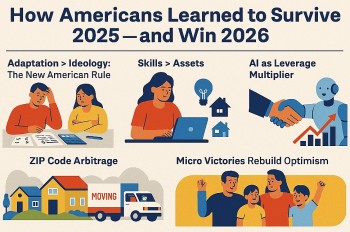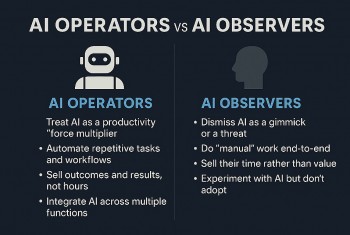How Microsoft’s Massive Layoffs Signal a Quiet Reboot of the AI Talent War
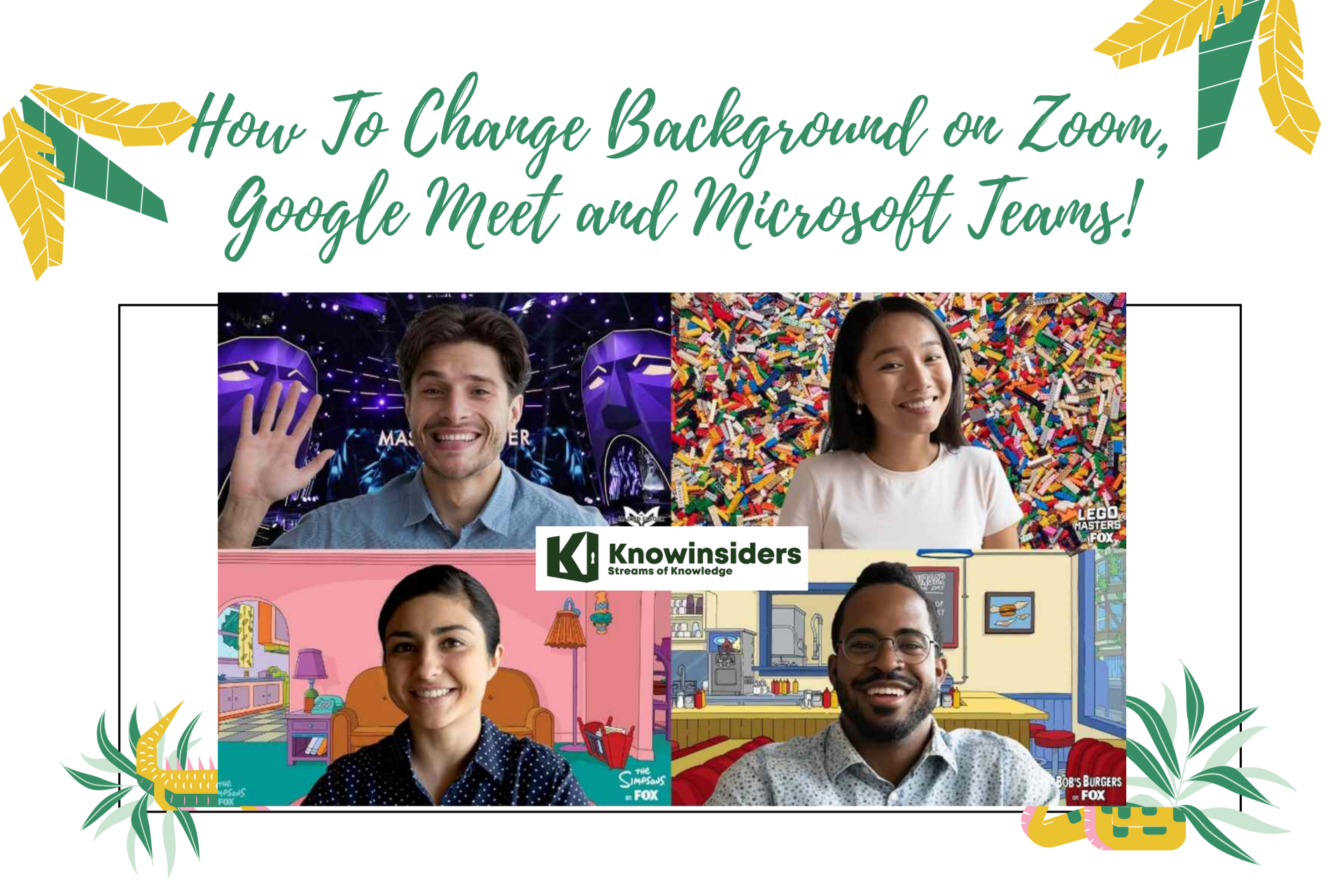 How To Change Background on Zoom, Google Meet and Microsoft Teams How To Change Background on Zoom, Google Meet and Microsoft Teams |
 How to Change Microsoft Outlook's Display To Reduce Eye Strain How to Change Microsoft Outlook's Display To Reduce Eye Strain |
On the surface, it's another cost-cutting move in a volatile tech industry. But beneath the headlines lies a deeper story—one that speaks to the silent restructuring of talent in the era of artificial intelligence. These layoffs may be less about shrinking and more about reshaping.
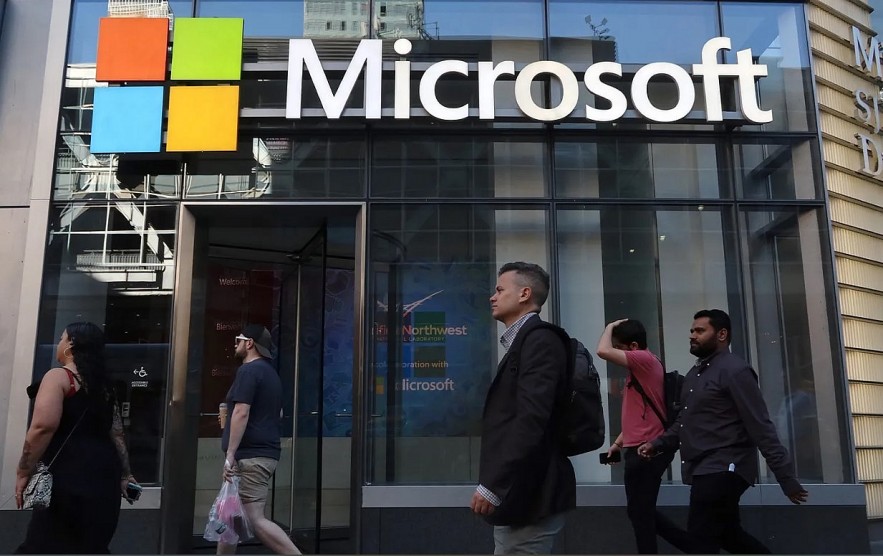 |
| Microsoft layoffs set to hit 9,000 staff |
What the Headlines Don’t Tell You
Most coverage frames Microsoft's decision as a reaction to macroeconomic pressures or corporate belt-tightening. But a closer look at the timing, departments affected, and broader company strategy suggests something more calculated. Microsoft isn’t simply pulling back; it’s repositioning itself for an AI-dominated future.
The public narrative misses a key point: this is not a general reduction in force but a precision maneuver to clear space for a different kind of workforce—one steeped in data science, machine learning, and AI integration.
Read more: Microsoft Is First. Who's Next? The AI Reshuffle Tech Workers Should Fear
Where the Axe Fell—and Why It Matters
According to insiders and job boards, the bulk of layoffs hit middle management, legacy infrastructure teams, and some non-technical support roles. Specific units within Azure, Office, and even parts of the gaming division faced cuts. Notably, some older cloud engineering roles were downsized while new AI-first roles are actively being posted.
This isn’t just about trimming fat. It’s about swapping old muscle for new. Microsoft appears to be phasing out personnel aligned with traditional software cycles and legacy infrastructure, shifting toward people who can support dynamic, AI-first applications.
The AI Gold Rush and Microsoft’s Bet
Microsoft has invested over $13 billion in OpenAI and is embedding AI deeply into its core products: Windows Copilot, Microsoft 365 Copilot, Azure AI Studio, and GitHub Copilot. This isn't superficial rebranding—it’s a full-stack AI integration. And these initiatives require a fundamentally different workforce.
You don’t build Copilot with yesterday’s engineers. You need specialists in neural networks, tokenization, natural language processing, reinforcement learning, and scalable AI deployment.
Microsoft is no longer just a software company. It’s an AI platform enabler. That transformation is reflected in who they choose to keep and who they choose to replace.
From Old Guard to AI Vanguard
The internal culture is changing, too. For decades, Microsoft rewarded depth in specific product lines. Now, it values AI fluency, systems thinking, and data-first approaches. Employees who once thrived by mastering SharePoint or Windows Server might now find themselves edged out by teams working on AI copilots and generative APIs.
The shift isn’t just technological—it’s philosophical. AI is not a feature layer. It’s becoming the operational core.
Strategic Layoffs or Covert AI Rehiring?
Here’s the twist: even as Microsoft announces layoffs, it's simultaneously expanding its AI talent pool. Just days after the layoff memo, new job listings appeared for AI research scientists, prompt engineers, and infrastructure engineers for large-scale model deployment.
LinkedIn data shows a 30% uptick in Microsoft AI team hiring activity. Some of these roles offer salaries significantly higher than traditional software engineering jobs. In effect, Microsoft is shedding one layer of the workforce to make room for another—better equipped for what comes next.
What This Means for the Tech Workforce
For tech professionals, this signals a major inflection point. Traditional career paths in large tech companies may no longer guarantee stability. The era of the generalist engineer or the platform-specific specialist is waning.
Upskilling in AI, cloud-native development, and data engineering isn’t optional anymore—it’s survival. Microsoft’s internal reshuffle reflects what’s happening across the industry: adapt or be automated.
Are Other Tech Giants Next?
If history is a guide, Microsoft is a bellwether. Other giants like Google, Amazon, and Meta often follow suit. Meta has already shifted enormous resources to LLaMA and their in-house AI initiatives. Google has rolled out Gemini. Amazon is bolstering AWS with AI tools for enterprise clients.
Expect more "layoffs" in the coming quarters that double as AI-forward restructuring. Talent arbitrage is the name of the game.
Conclusion
Microsoft’s 9,000-person layoff is not just a retreat—it’s a repositioning. The company is retooling itself for the next phase of its evolution, where AI isn't just an enhancement, but the backbone. For workers and competitors alike, the message is clear: the AI era isn’t coming. It’s already rewriting the rules of the game.
In the silence behind the headlines, a talent war is being waged. And Microsoft is moving first.
 Facts about Text Predictions in Microsoft Word: Release Date, Features, What to expect Facts about Text Predictions in Microsoft Word: Release Date, Features, What to expect Facts about Text predictions, Word’s new feature is similar to Google Docs and it will be released in March, this is the news that everyone ... |
 Facts About Bill Gates Accused of 'Asked out Two Staff at Microsoft' Facts About Bill Gates Accused of 'Asked out Two Staff at Microsoft' Microsoft co-founder Bill Gates was claimed asked two women who worked at the software giant and Bill and Melinda Gates Foundation out on dates while ... |
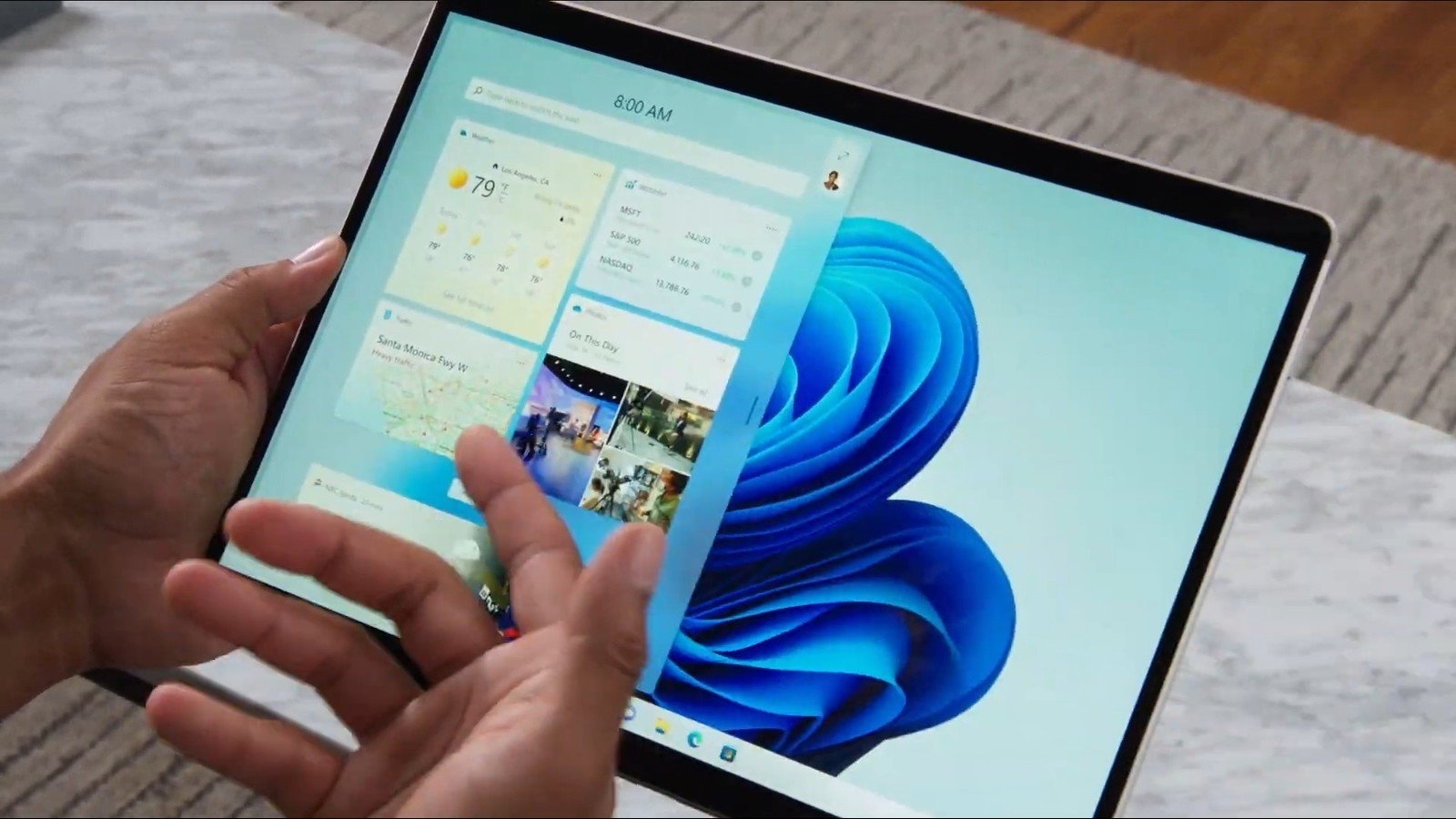 How To Get Best New Features Of Windows 11 How To Get Best New Features Of Windows 11 Windows 11 has a number of new features that might surprise you. Read on to know how to get the best new features of Windows ... |
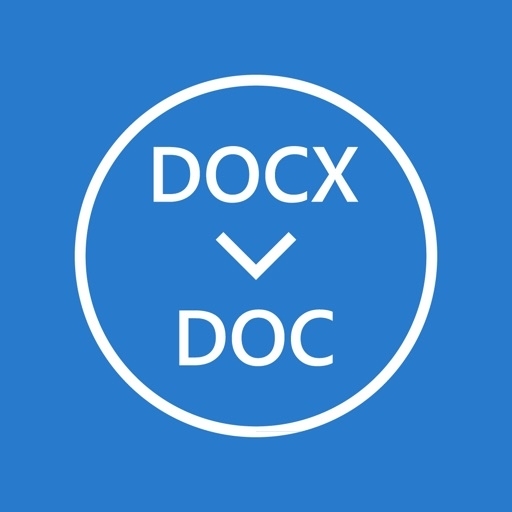 How to Convert Docx to Doc: Simple Ways to Change How to Convert Docx to Doc: Simple Ways to Change You can easily convert your DOCX files to DOC with these simple steps. |








